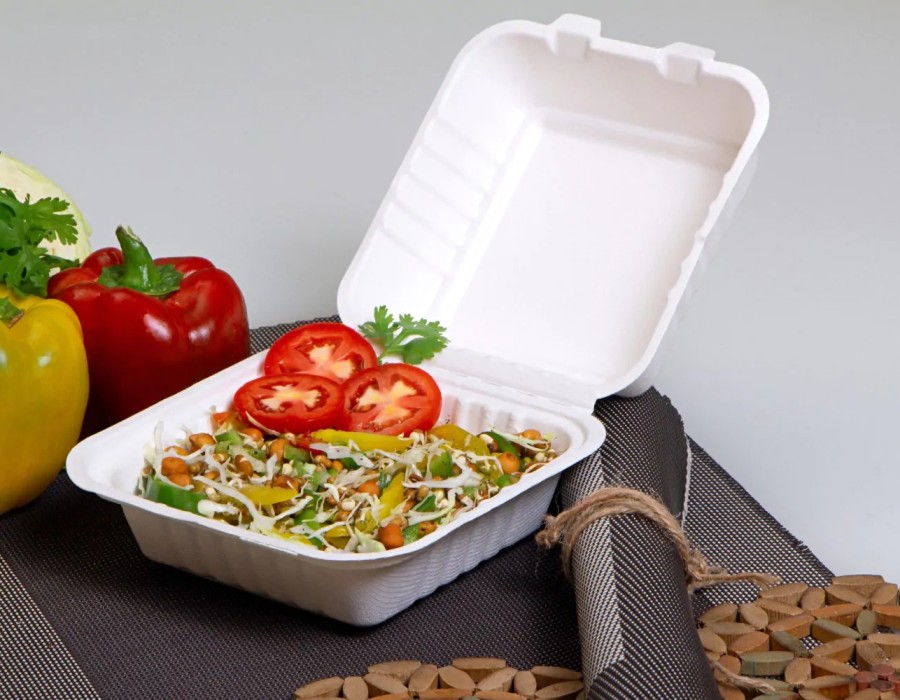Introduction
As the world grapples with the environmental impact of plastic waste, businesses and consumers alike are turning toward sustainable packaging solutions. Among the most promising options are sugarcane containers, which offer an eco-friendly alternative to traditional plastic and foam packaging. Made from bagasse, the fibrous residue left after extracting juice from sugarcane, these containers are both biodegradable and compostable, positioning them as the future of sustainable packaging. But what exactly makes sugarcane containers stand out?
Environmental Benefits: A Greener Choice
The primary reason sugarcane containers are gaining popularity is their significant environmental advantages. Unlike plastic, which can take centuries to decompose, sugarcane containers break down naturally within a few months, reducing the strain on landfills and oceans. Furthermore, since these containers are made from agricultural byproducts, they help reduce waste in the sugarcane industry while promoting a circular economy. This dual impact—eliminating plastic waste and repurposing plant materials—makes sugarcane containers a superior choice for businesses and consumers seeking eco-friendly packaging.
Biodegradability and Composting
One of the standout features of sugarcane containers is their ability to biodegrade in a relatively short time. Under the right conditions, they can decompose in as little as 60 days, leaving no harmful residue. They are also compostable, meaning they can be safely disposed of in composting facilities, where they break down into nutrient-rich soil. This makes them an ideal choice for businesses and communities committed to sustainability, as composting sugarcane containers reduces landfill waste and contributes to healthier soil ecosystems.
Durability Without Compromise
Despite being biodegradable, sugarcane containers do not sacrifice durability or functionality. These containers are heat-resistant and sturdy, making them suitable for hot and cold foods alike. They are also resistant to moisture and grease, ensuring that they maintain their integrity during food transportation or storage. For food service businesses, this means they can offer sustainable packaging without compromising on the quality and safety of their food.
Consumer Demand and Market Growth
Consumer awareness and demand for eco-friendly packaging have surged in recent years. People are actively seeking out brands that prioritize sustainability, and businesses that use sugarcane containers can tap into this growing market. The global trend towards banning single-use plastics has further accelerated the adoption of biodegradable alternatives, positioning sugarcane containers as a leading solution. As environmental regulations tighten, businesses that switch to sugarcane packaging will not only meet compliance but also gain a competitive edge by appealing to eco-conscious consumers.
A Path Toward a Sustainable Future
In conclusion, sugarcane containers represent a critical step toward a more sustainable future. Their environmental benefits, biodegradability, and functionality make them an attractive alternative to plastic packaging. As more businesses and governments embrace sustainable practices, the demand for sugarcane containers is expected to grow exponentially, driving innovation and furthering the shift toward eco-friendly solutions. With their proven advantages, sugarcane containers are poised to become a cornerstone of sustainable packaging in the years to come.





Comments